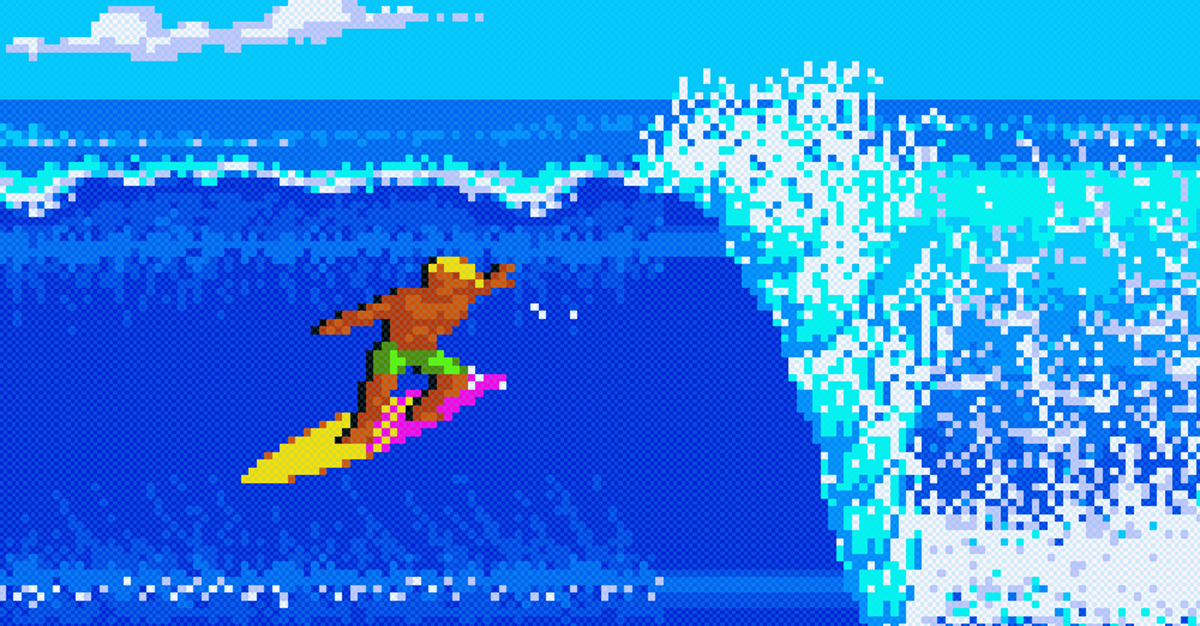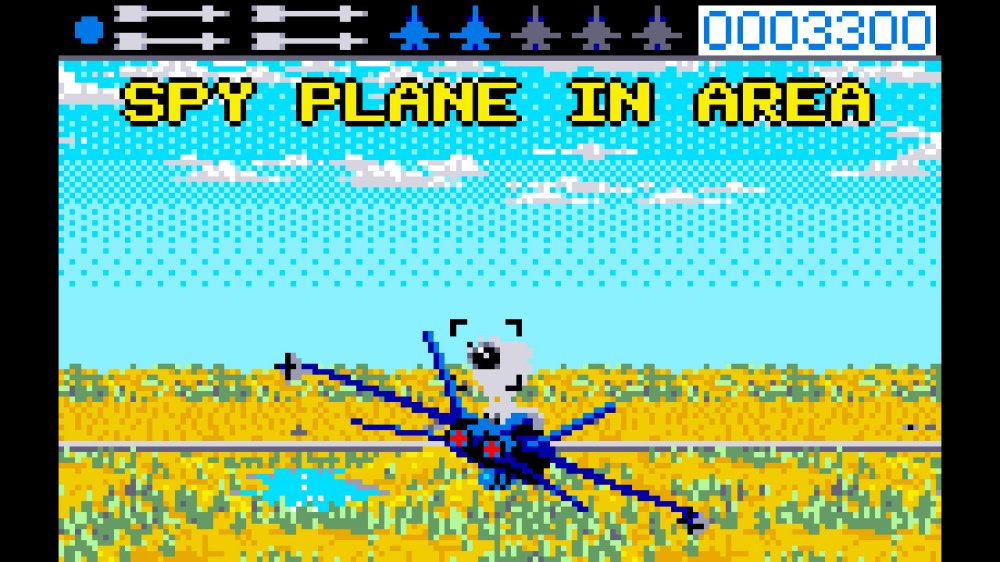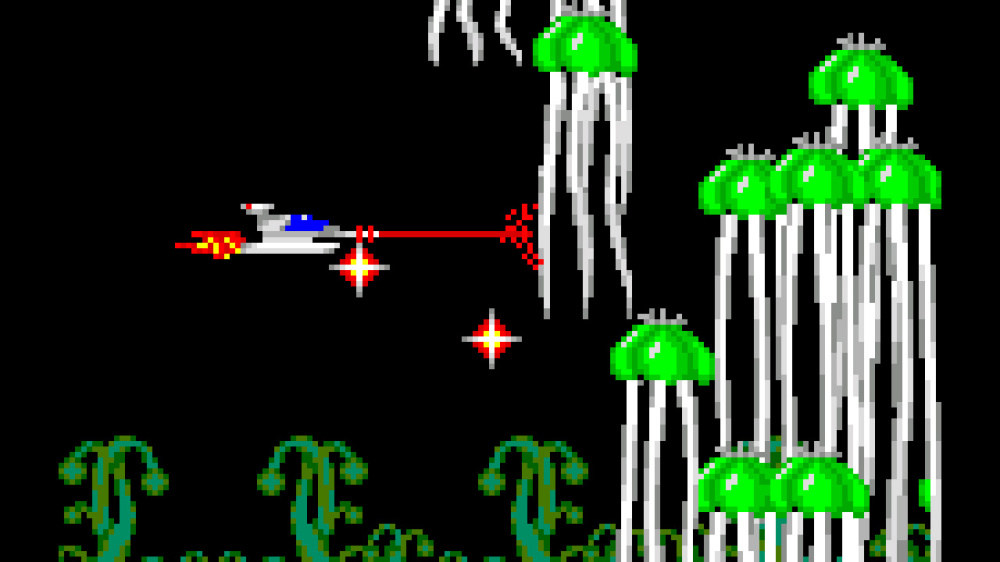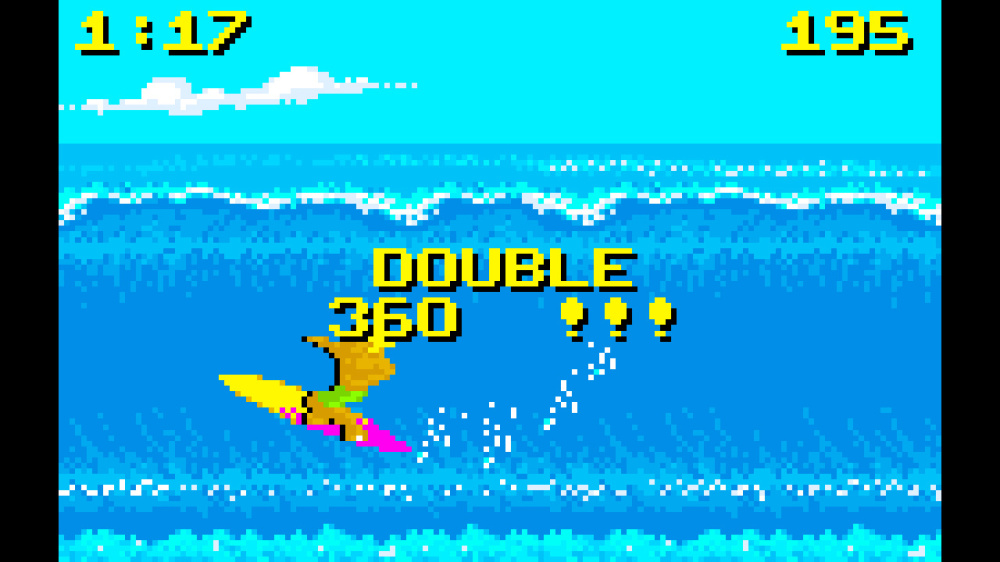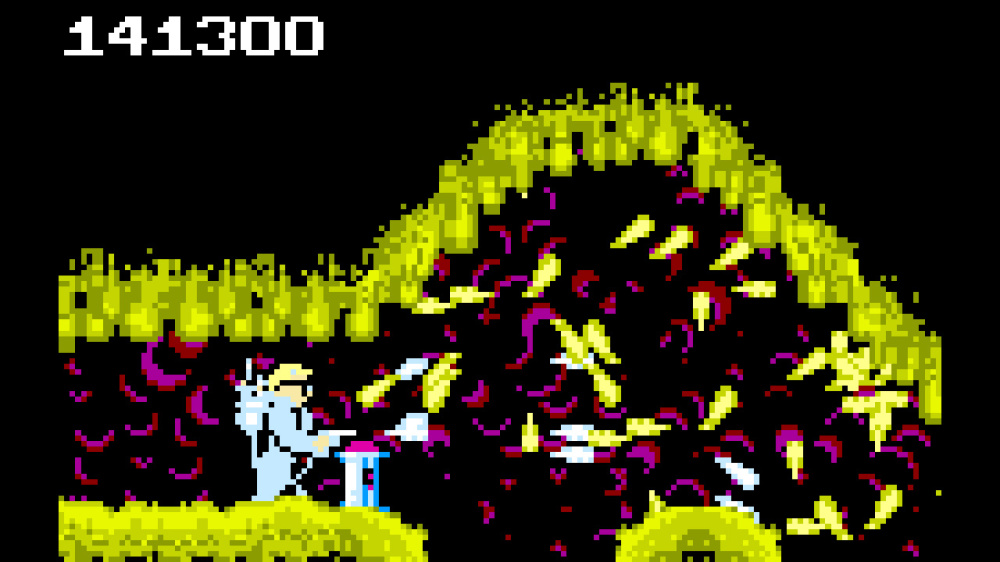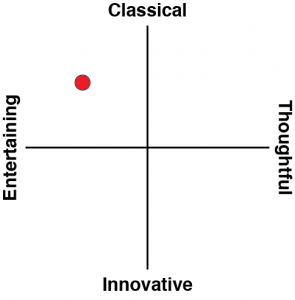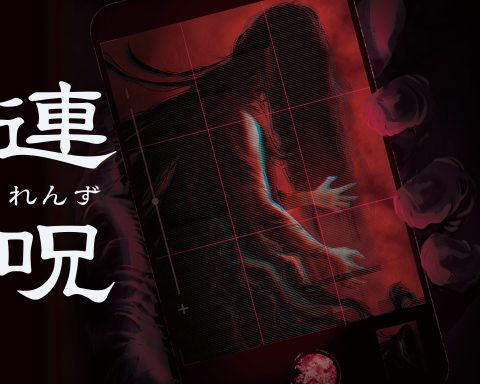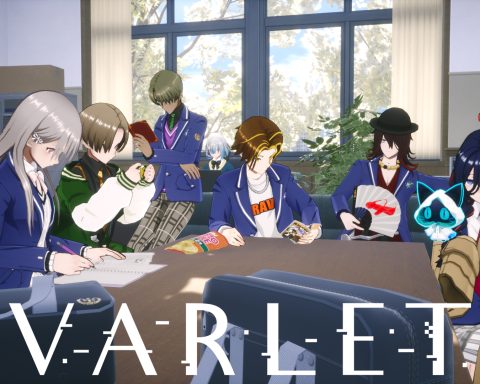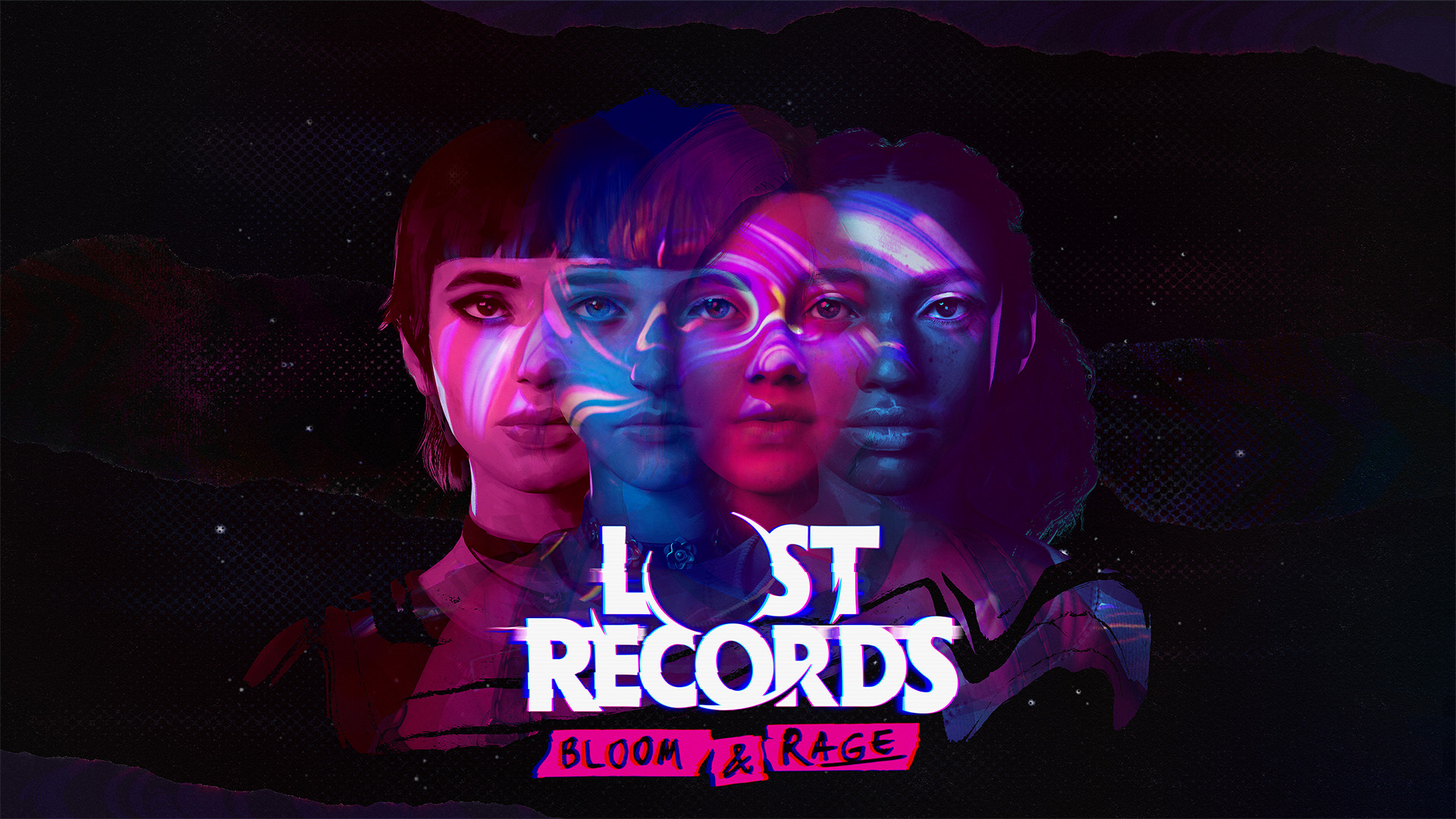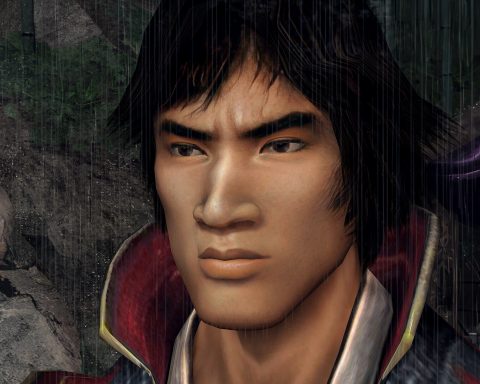Epyx is one of those old publishers that commands a fearsome reputation today among a very cultish group of retro fans. You may well have heard of some of the company’s classics, but in comparison to the likes of Super Mario, Pac-Man, Space Invaders, Myst, Zork or Wizardry, the chances are slim that you’ve actually played many of these. We’re talking about the likes of Jumpman, Impossible Mission, and then a series of sports games including a certain California Games. California Games is as close as the company came to its own Tetris. Epyx was predominantly known as a Commodore 64 developer, but as that machine approached the end of its life, the company decided to see if there was potential in handheld gaming.
It was too expensive to bring to market, so the company sold the tech to Atari. The result of that? The Atari Lynx. This collection of six games are titles that Epyx developed for what was, effectively, its own console.
It’s important to remember that the Atari Lynx was only beaten to the market by the Game Boy by two months, and in an alternative universe where Atari did get the early mover advantage, we’re all playing the Atari Switch now. Epyx was a company that was very forward-thinking and boundary-pushing, and the biggest flaw in this collection is that it doesn’t really do a good job of properly showcasing that spirit of innovation.
But, before we get to that, the games. The six titles in the collection are:
- California Games: A collection of four sports games, including what remains, arguably, the finest surfing game of all time.
- Blue Lightning: A full-on 3D aircraft dogfight shooter. No, really. When the Game Boy was rendering endless basic 2D platformers, the Lynx had an early-era Ace Combat running on it.
- Electrocop: A 2D action game, featuring a blue Robocop running back and forth and through doors to try and rescue someone or something. It’s not a highlight in this list.
- Gates of Zendocon: This game happened when Epyx saw R-Type, and really liked R-Type, and so decided to make their own R-Type. It’s good, in a way!
- Todd’s Adventures In Slime World: This game is the most aggressively B-Grade action platformer that you’ll ever play. It’s actually charming, especially visually, because it really will remind you of the time when Commodore-style graphics were awesome. But it’s not a great game. Oh no.
- Zarlor Mercenary: You can’t have a side-scrolling shooter without having a top-down upscrolling option too, and Zarlor Mercenary is there for all you people who prefer Xevious to R-Type. It too, is good for what it is.
In general terms, this is a good collection with decent variety – at least, as far as what passed for variety on the Atari Lynx. That console was good for doing colour versions of the same kind of games that the Game Boy could handle, with some added scrolling capabilities. Simple arcade games were its forte. You’re not going to be playing anything with a decent plot… or really cut scenes at all.
As far as collection features go it’s pretty barebones, and this is really disappointing because as mentioned above, Epyx actually deserves more credit for what it brought to games than it gets, even from this collection which, out of context, does come across as derivative. You get fully rendered boxes that you can rotate to see the promo material on the back, which is nice. You also get the instruction manual, and the ability to save your game in progress and rewind when you screw up. There are also some basic filters to recapture the authentic look of the game.
Sadly we do live in an era where titles like Atari 50 have demonstrated what it looks like when developers really care about a retro compilation project, and for a relatively niche company like Epyx, some kind of “virtual museum” experience to explain what the company even was would have not gone amiss. I didn’t actually know this company was essentially the developer of the Lynx until I was researching to write the review, and I’m pretty tapped into my retro gaming knowledge. I never owned a Lynx and just assumed that Epyx was a weird mob that decided to hitch their wagon to that console rather than the Game Boy.
While the lack of context is disappointing, it must be said that these games look absolutely gorgeous on the Switch screen. Especially if you have an OLED model. The original Lynx console had an 8-bit CPU and an 16-bit blitter, and a 160 x 102 resolution screen. What this meant was that it was capable of displaying some basic, bold colours and rendering them relatively smoothly. Developers generally interpreted this as “make some pretty big sprites move around,” and so the console definitely delivered a different “look” to the Game Boy, and it’s an appealing, if limited one. Blown up on the Switch the sprites do become a bit of an eyeful, but the rich colour remains vibrant and downright pleasant to look at.
The single biggest problem with the collection here is that Epyx didn’t really represent the best of the Lynx. Yes, the developer/publisher was in many ways ahead of its time and many of its games are entertaining to play. Taken out of the collection, California Games has a strong claim to being the Lynx’s “killer app.”
However, the Lynx has racing games that took full advantage of the scrolling capabilities of the console to put Nintendo’s F1 title to shame. Chip’s Challenge is an iconic puzzler, Xybots is a behind-the-back 3D shooter (!) long before the likes of Doom or Wolfenstein were getting portable versions, Rampart is an early-era classic strategy game, and Robotron is… well, beautiful chaos.
The Lynx had an excellent lineup of innovative boundary-pushing games, and the only sense you get of that from this collection is Blue Lightning. Otherwise, unless you grew up actually playing these games, you’ll feel like you’re just playing C-tier genre games which, fun as they can be, are also not going to compete with the stuff you can find on the various Nintendo Online apps, or most of the other retro collections already on the console.
For a collection that will only ever appeal to a very limited niche, the Epyx Collection does a decent job of making those games playable on the Switch, but a terrible job of celebrating them. The only way this thing had a chance was to go the full virtual museum tour, and they completely missed that opportunity. As it stands, most people will buy this, play it for five minutes to remember the console they lost to the garage storage boxes decades ago, and then move on.
